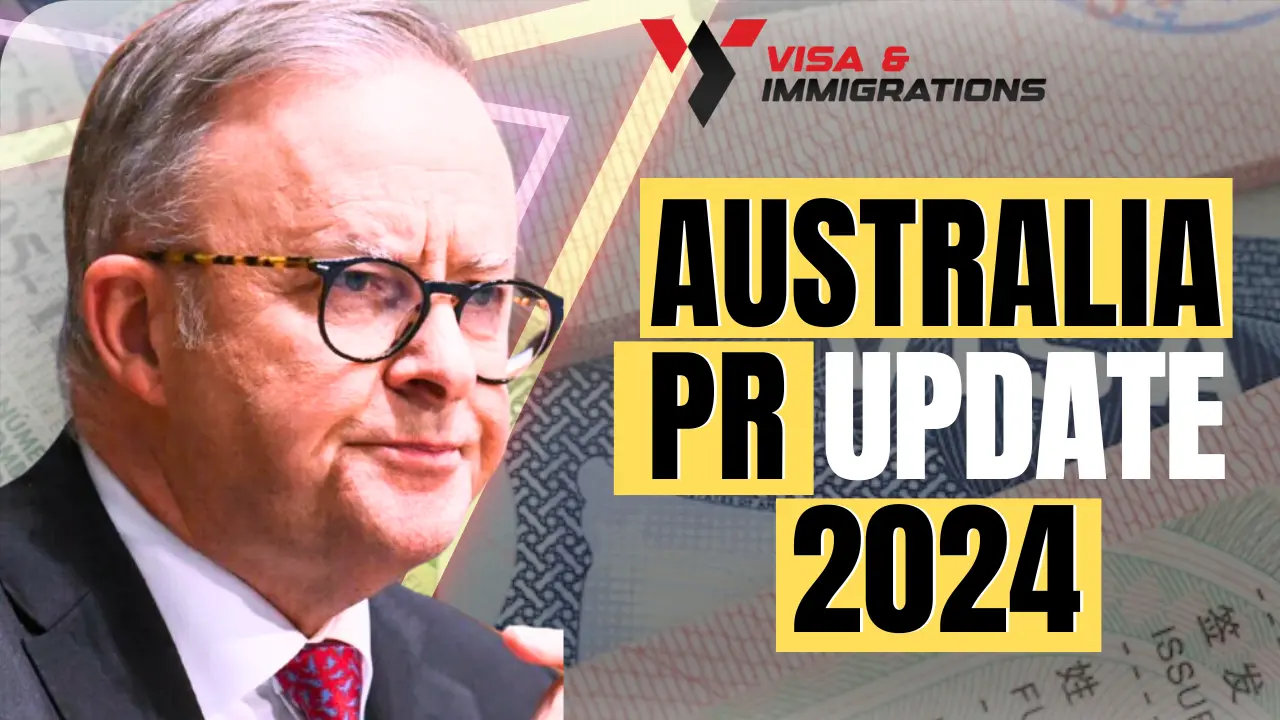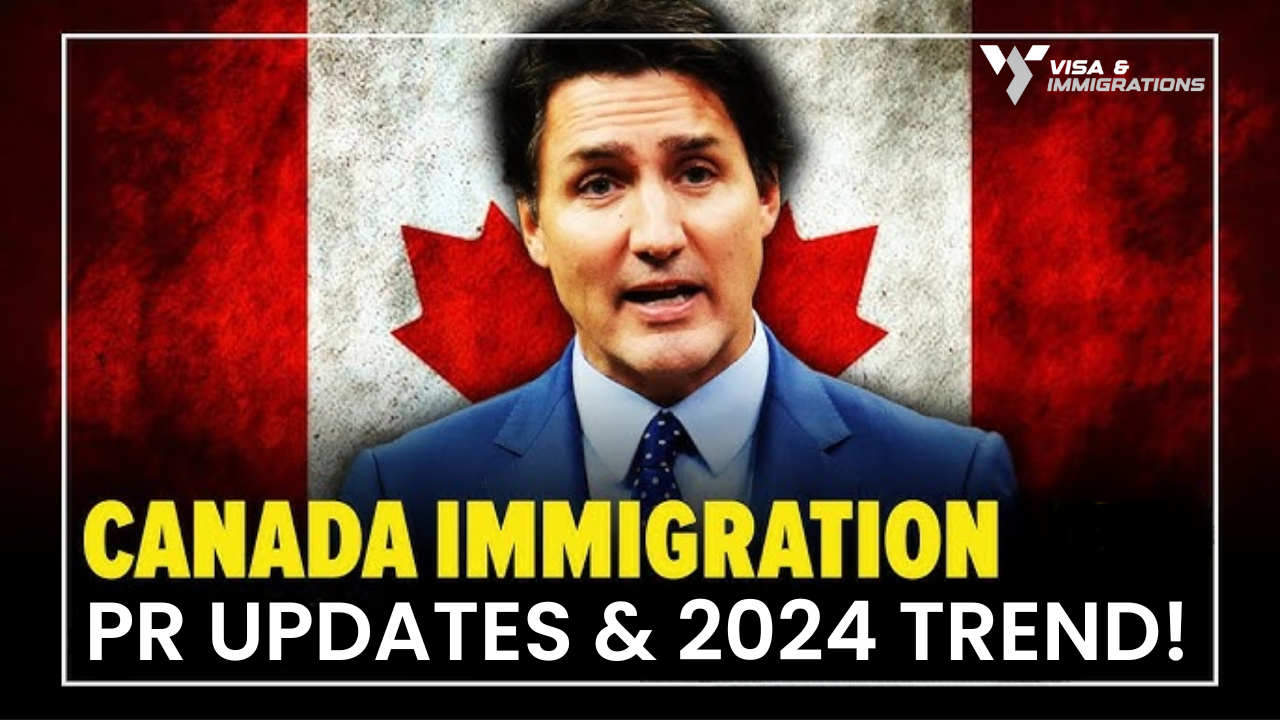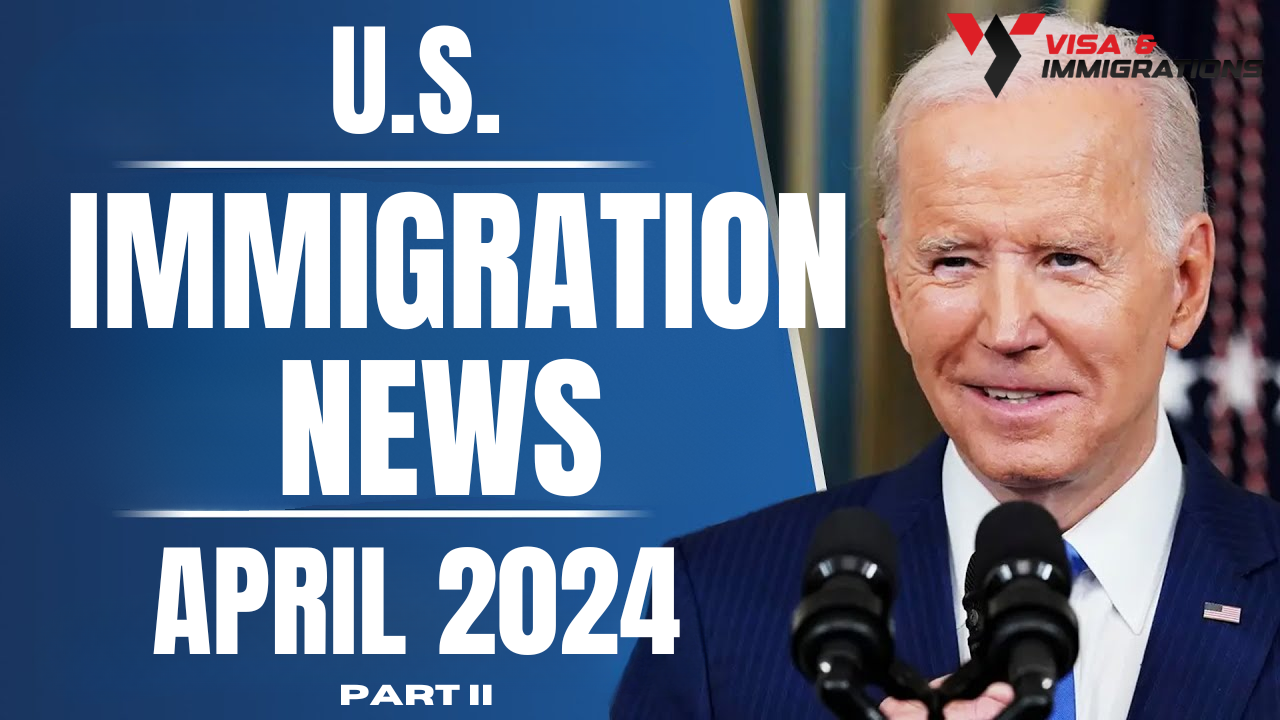Australia To Provide More Permanent Residencies
In today’s blog, we will discuss the Australian government’s plans to offer permanent residencies to more people.
The announcement made by the present Australian government that it will be increasing the number of permanent migrants from 160,000 to 195,000 from 2022 to 2023 should increase the population growth in Australia. This population growth will be extremely fast compared to Australia’s trading partners, such as Japan and China, and quicker than most developed countries, where populations are estimated to decrease, excluding traditional migrant nations.
Compared to Australia, the population of most of these countries is estimated to get old faster and decrease as deaths will gradually surpass the birth rate in the near future. Per the population projections of the United Nations, the median age of all developed countries has exceeded the age group of 25–35, and through the next decade or two, most nations will have a median age of 45–50 and more. Ageing and decreasing populations will hinder economic growth, particularly by reducing productivity and participation rates.
Jim Chalmers, the present treasurer of Australia, has indicated a productivity growth rate of 1.2 per cent per year in his coming Intergenerational Report in 2023. But, looking at the situation of countries that are further down the path of aging populations, this high productivity rate seems to be highly optimistic without any significant structural reform.
The aging of the population will increase global competition for young, skilled immigrants, making the proper planning of the immigration policy crucial. Australia attracts skilled migrants in three following ways:
- A points system for independent migrants,
- Nominations by state governments, and
- Employer-sponsored migration.
The ideal way of choosing skilled migrants is through well-structured employer-sponsored visas.
During 2017-18, Peter Dutton, former immigration minister of Australia, greatly restricted employer-sponsored visas. He significantly increased the charges for these visas, lowered the number of eligible professions and introduced many unwarranted bureaucratic requirements. This made it challenging for regional employers to sponsor skilled workers, decreased pathways to permanent residency, left many confused and provided more power and authority to employers over the temporary candidates they sponsored.
The current Albanese government made an announcement at the Jobs Summit in 2022 that it would overturn these modifications and utilise measures to provide protection to migrant workers from getting abused and exploited. Employer-sponsored visas are in urgent need of reform to make sure Australian employers stay competitive in the international skills marketplace.
The government has greatly increased places for state-government-nominated visas. However, state governments are facing difficulty in attracting enough candidates with targeted skills, especially in sectors of education, information, communication technology, traditional construction trades and health.
Immigrants will occupy the visa places that states have been assigned but will not be able to fulfil the long-term demand for essential skills. Even with a considerable rise in university and TAFE funding announced by the current government, shortage in these critical sectors will remain.
To tackle the labour shortages, skilled migration policy requires better-structured student visas. Policies should be introduced to attract foreign students to register for high-quality courses in sectors with high long-term demand, effectively recognise qualifications and provide accessible routes to a skilled job and permanent residency. Australia’s current policies are unclear and encourage students to be more interested in courses of low quality and working rights. This will not be beneficial in the long run, leaving even more students confused.
It seems that the Australian government is now dedicated to using guest worker arrangements to tackle shortages of low-skill and low-pay labour in sectors like farm work. Traditionally this has been hated by Australian policymakers as it recognises that there are some jobs that Australians will not undertake at current wage levels. As Australia is now focused on this path, efforts for safeguarding migrant workers from getting exploited and abused will be crucial, as announced in the Job Summit.
Providing these workers with a pathway through training and skilled work, to permanent residency will also be crucial. According to some academics, neither the visa lottery nor leaving these workers in low-skill and low-pay jobs for the rest of their lives would be of benefit.
This is the end of today’s blog update. We hope you found this blog useful. Please don’t forget to support us by subscribing to our newsletter and sharing this blog with your friends and family on Facebook, Whatsapp, and Twitter.
Recent Posts:
- Australian TR Process (Temporary Resident Visa) Requirements
- Medical Test For Australia
- Australian Student Visa & Austrlia Work Visa 2023 Updates
- Australia Student Visa 2023
- Australia To Announce Easy Pathways In The Pacific Engagement Visa













One thought on “The Reality Of Australia Permanent Residency (PR) Process”
Farm Work Permit Visa